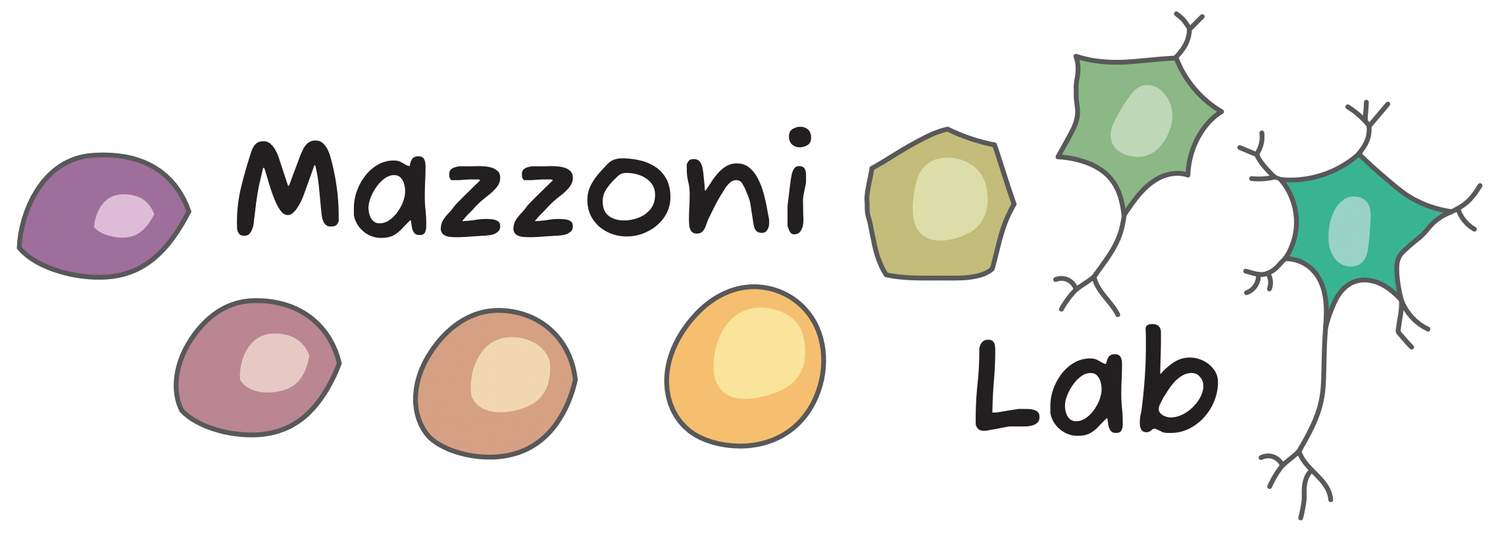HOX and patterning
——
How does a DNA sequence decode a transient signal and store it as a permanent memory?
During cell differentiation, early progenitor cells receive transient signals that remain through cell generations and impact later stages of differentiation. Understanding how epigenetic memory is established and stored is crucial for understanding cell differentiation and disease. The positional identity determined by Hox genes is the quintessential example of epigenetic memory. Proper Hox genes expression is critical for development and is dysregulated in numerous diseases, including cancer. With a novel synthetic DNA technology, we recently showed that epigenetic memory is self-contained within the unusually compact and conserved Hox clusters. We aim to answer a longstanding question: how does a 100 kilobases genomic fragment containing 10 Hox genes translate a transient signal into stable positional epigenetic memory?




